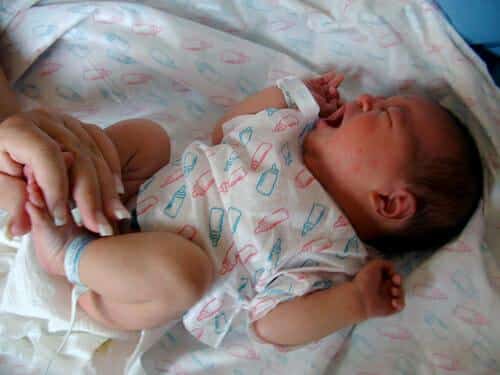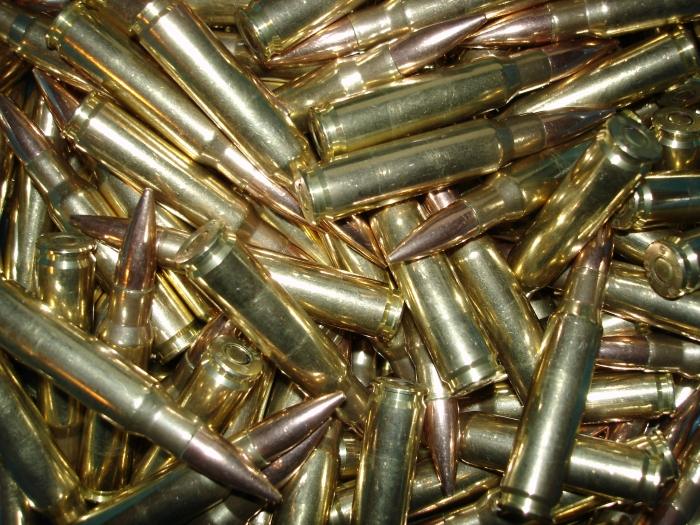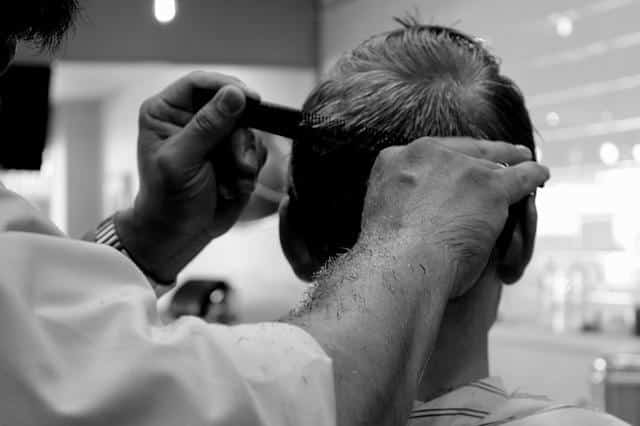 Prolonged emergencies are bad enough when you’re single, strong, and able to flee to safety at a moment’s notice.
Prolonged emergencies are bad enough when you’re single, strong, and able to flee to safety at a moment’s notice.
What about when you’re married, with children, and the baby needs to be changed every few hours? Most survival-minded parents have mentally run the drills for keeping their children safe in disaster – but what about the very practical need for clean diapers in a worst-case scenario?
One answer to this dilemma is to look forward by looking back cloth diapers. Like many emergency preparations, it’s rediscovering yesterday’s technology yourselfthat enables you to ready for the unexpected. The trade off? You trade a little bit of convenience for a whole lot of independence. Think of this: Your preparation for a worst-case scenario can benefit you right now, by giving you an alternative to running to Wal-Mart in the middle of the night for more diapers.
What do you need to begin?
Of course, you need the diapers themselves. Two brands available online are FuzziBunz and SoftBums. FuzziBunz use a “pouch/layer” system with various absorbent layers to trap urine and poop. SoftBums use a “cover/layer” system with super absorbent inserts placed on the cover. (In addition, the diaper cover “grows” with your child, in contrast to disposables, where you’re always struggling to find the right size.)
Then you need a 5-gallon rinsing bucket and an 8-gallon holding bucket. The rinsing bucket is for rinsing off the poop. The holding bucket is for storing rinsed diapers until you’re ready to throw them in with the rest of the wash.
After you make these basic purchases, consider getting a hand-held sprayer to spray the poop from the diaper. You can get one that attaches directly to your existing toilet water supply line; or make your own by asking a few questions at your local plumbing shop or hardware store. The only alternative to a sprayer is to dunk the diaper in the toilet and wash by hand. It’s still a little messy with the sprayer and bucket, but anything is an improvement over sticking your hands in the toilet.
For even greater independence, consider an unused hand-pump weed sprayer, which can do the job without a pressurized water supply. This can also help you wash dishes and shower in this scenario.
The procedure is almost as simple as the equipment list. When the baby wets, and nothing else, just drop the diaper straight into the 8 gallon holding bucket to be laundered later. No rinsing is needed in most cases. For poop, use a little bathroom tissue and remove as much as possible, and throw the waste in the toilet. Then hang the messy diaper inside the rinsing bucket and shoot with the hand-held sprayer. You weren’t born doing this, but better aim will come with practice! When you’ve got most of it sprayed off, wring it out and put the diaper in the holding bucket, and flush the waste water down the toilet. If there’s enough of it, you can flush the toilet manually, without using the lever.
If you opt to do without a hand-held sprayer, you’ll need to dunk, agitate, and rinse the diaper in the toilet. Messy, but don’t place yourself above doing it this way, especially in an emergency.
Caring for children – especially babies – in long-term emergencies is a challenge, not a burden. And your preparations to care for them in an emergency can pay current dividends too. Take a few minutes to figure your diaper costs according to current prices and frequency of diaper change. You may recoup the initial cost of the equipment needed before you’ve got them all trained. Either way, you’re ready to keep your kids in diapers should the disposables disappear from the shelf of your local store.









